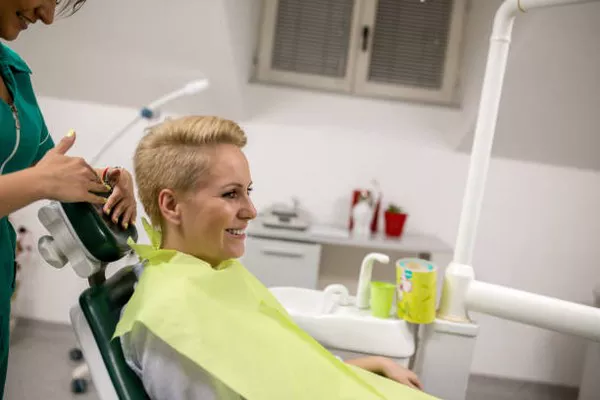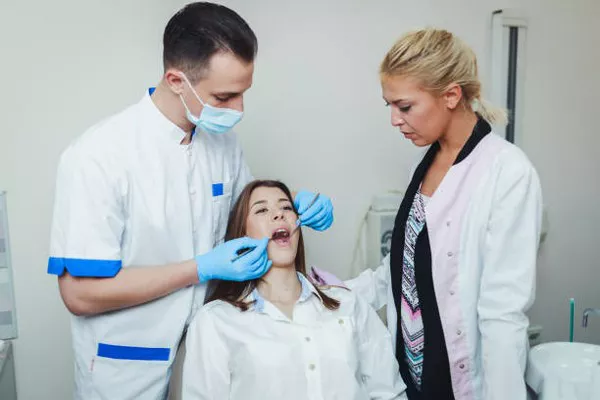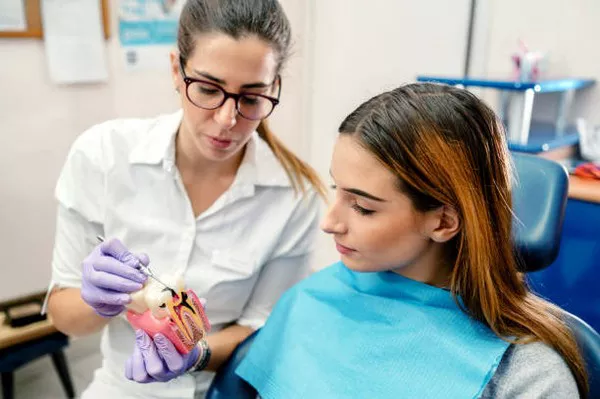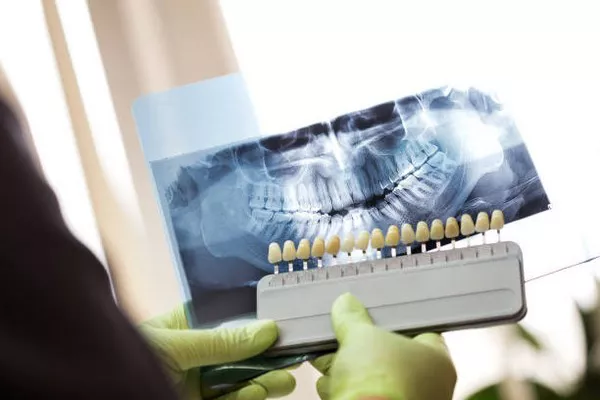Orthodontics is a branch of dentistry that deals with correcting irregularities and malocclusions in teeth and jaws. Orthodontic procedures are designed to improve the appearance, function, and health of your teeth and gums. In this article, we will discuss the various orthodontic procedures available and their benefits.
Types of Orthodontic Procedures
Orthodontic procedures can be broadly categorized into two types: fixed appliances and removable appliances.
Fixed Appliances:
Fixed appliances are devices that are attached to your teeth and cannot be removed by the patient. Braces are an example of a fixed appliance. Braces consist of brackets that are bonded to the teeth and wires that run through the brackets. The wires apply pressure on the teeth and move them into the desired position. Fixed appliances are typically used for complex cases that require extensive movement of the teeth and jaw.
Removable Appliances:
Removable appliances are devices that can be taken out of the mouth by the patient. Examples of removable appliances include aligners, retainers, and headgear. Aligners are clear plastic trays that fit over the teeth and gradually move them into the desired position. Retainers are custom-made devices that hold the teeth in place after orthodontic treatment. Headgear is a device that attaches to the braces or aligners and applies pressure to the teeth and jaw to correct bite problems.
Benefits of Orthodontic Procedures
Orthodontic procedures offer numerous benefits beyond just improving the appearance of your smile. Here are some of the key benefits of orthodontic treatment:
Improved Oral Health: Straightening your teeth can make it easier to clean them properly, reducing the risk of tooth decay, gum disease, and other oral health problems.
Improved Function: Correcting malocclusions can improve the way your teeth and jaws work together, making it easier to speak, eat, and breathe.
Improved Confidence: Having a beautiful smile can boost your self-confidence and improve your overall quality of life.
Reduced Risk of Injury: Crooked teeth and malocclusions can increase the risk of injury to the mouth and teeth during physical activity or accidents.
Choosing an Orthodontist
Choosing the right orthodontist is critical to the success of your orthodontic treatment. Here are some factors to consider when choosing an orthodontist:
Experience: Look for an orthodontist who has extensive experience in treating patients with a variety of orthodontic problems.
Credentials: Make sure the orthodontist is licensed and certified by the appropriate professional organizations.
Technology: Look for an orthodontist who uses the latest technology and techniques to provide the best possible results.
Communication: Choose an orthodontist who takes the time to explain your treatment options and answer your questions.
Cost: Orthodontic treatment can be expensive, so make sure you understand the costs involved and whether your insurance will cover any of the expenses.
Orthodontic Treatment Process
The orthodontic treatment process typically involves several steps:
Consultation: The first step is a consultation with the orthodontist to discuss your goals and develop a treatment plan.
Diagnostic Records: The orthodontist will take x-rays, photographs, and impressions of your teeth to create a detailed treatment plan.
Placement of Appliances: The next step is the placement of the orthodontic appliances, such as braces or aligners.
Adjustments: Regular adjustments are required throughout the treatment process to ensure that the teeth are moving properly.
Completion: Once the desired results have been achieved, the orthodontic appliances will be removed, and retainers may be recommended to maintain the new position of the teeth.
Conclusion
Orthodontic procedures can help improve the appearance, function, and health of your teeth and gums. Whether you choose fixed or removable appliances, the benefits of orthodontic treatment are numerous. Choosing the right orthodontist and understanding the treatment process can help ensure a successful outcome and a beautiful, healthy smile for years to come.
Related Topics:





























